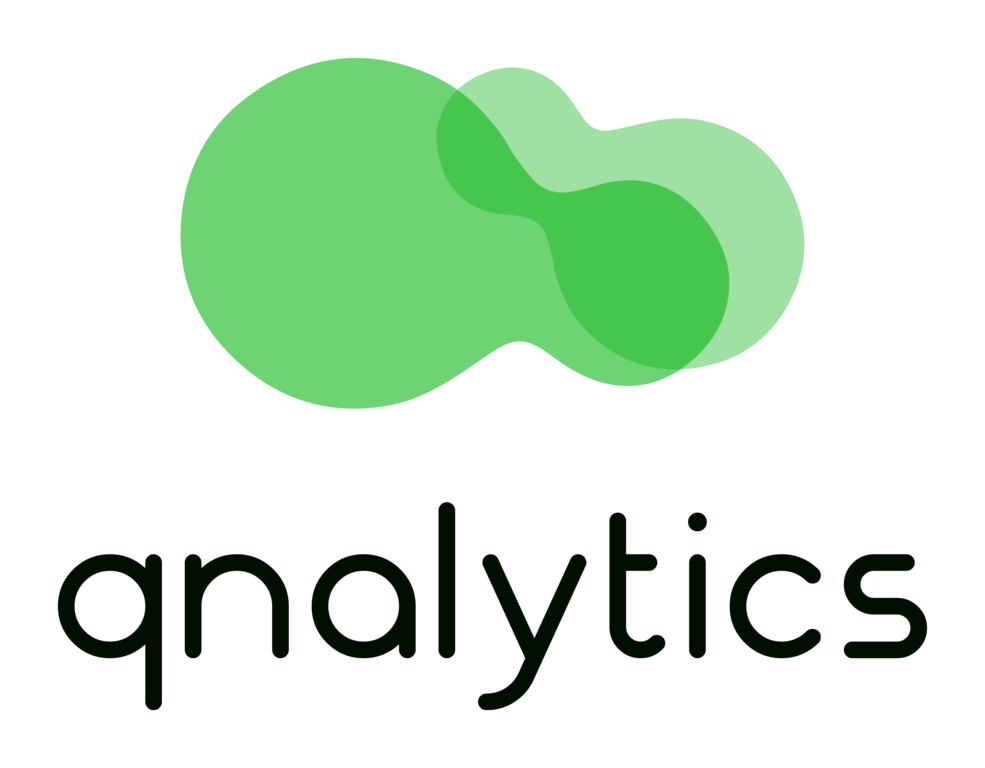5 ways how to develop successful data analytics:
1) Defining your own data requirements:
Clearly identify the key issues and critical business issues to be solved. What is important to your business? A successful strategy begins with clear and precise goals, as well as with a number of key performance indicators.
2) Finding the Data Source:
Analyze what is missing to ensure that your data meets your requirements and where you can collect such data. Most likely, you will need to collect different types of data for different purposes.
3) Taking into account the needs of the technological infrastructure:
First of all, data need to be structured for further processing and analytical evaluation. Your data infrastructure needs to be flexible enough to meet future needs. To do this, consider the following factors: integration, data storage, detailing, privacy and data protection, analytics tools etc.
Clearly identify the key issues and critical business issues to be solved. What is important to your business? A successful strategy begins with clear and precise goals, as well as with a number of key performance indicators.
2) Finding the Data Source:
Analyze what is missing to ensure that your data meets your requirements and where you can collect such data. Most likely, you will need to collect different types of data for different purposes.
3) Taking into account the needs of the technological infrastructure:
First of all, data need to be structured for further processing and analytical evaluation. Your data infrastructure needs to be flexible enough to meet future needs. To do this, consider the following factors: integration, data storage, detailing, privacy and data protection, analytics tools etc.

4) Dividing responsibilities and spheres of activity:
Technology solutions may not be enough to handle data properly. Qualified staff must be recruited and data processing procedures must be established. Do your employees have the right skills? Are data processes and procedures organized in such a way so that the employees could quickly retrieve and analyze data?
5) Implementing a data management strategy:
You are unable to implement analytics without properly calculating your data management strategy. This is an important milestone for both departments collaboration and users adaptation. Developing a data dictionary can be a good start.
Technology solutions may not be enough to handle data properly. Qualified staff must be recruited and data processing procedures must be established. Do your employees have the right skills? Are data processes and procedures organized in such a way so that the employees could quickly retrieve and analyze data?
5) Implementing a data management strategy:
You are unable to implement analytics without properly calculating your data management strategy. This is an important milestone for both departments collaboration and users adaptation. Developing a data dictionary can be a good start.


